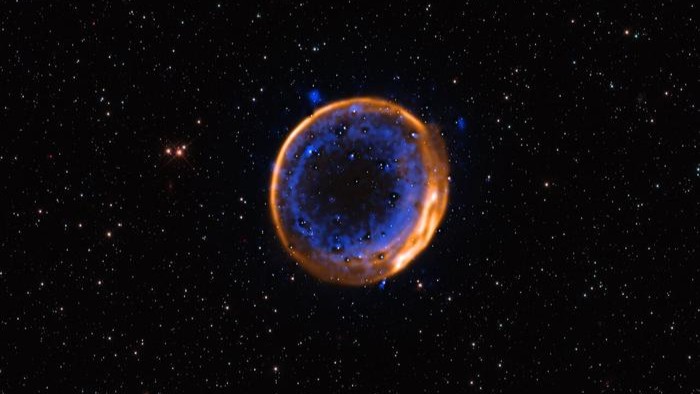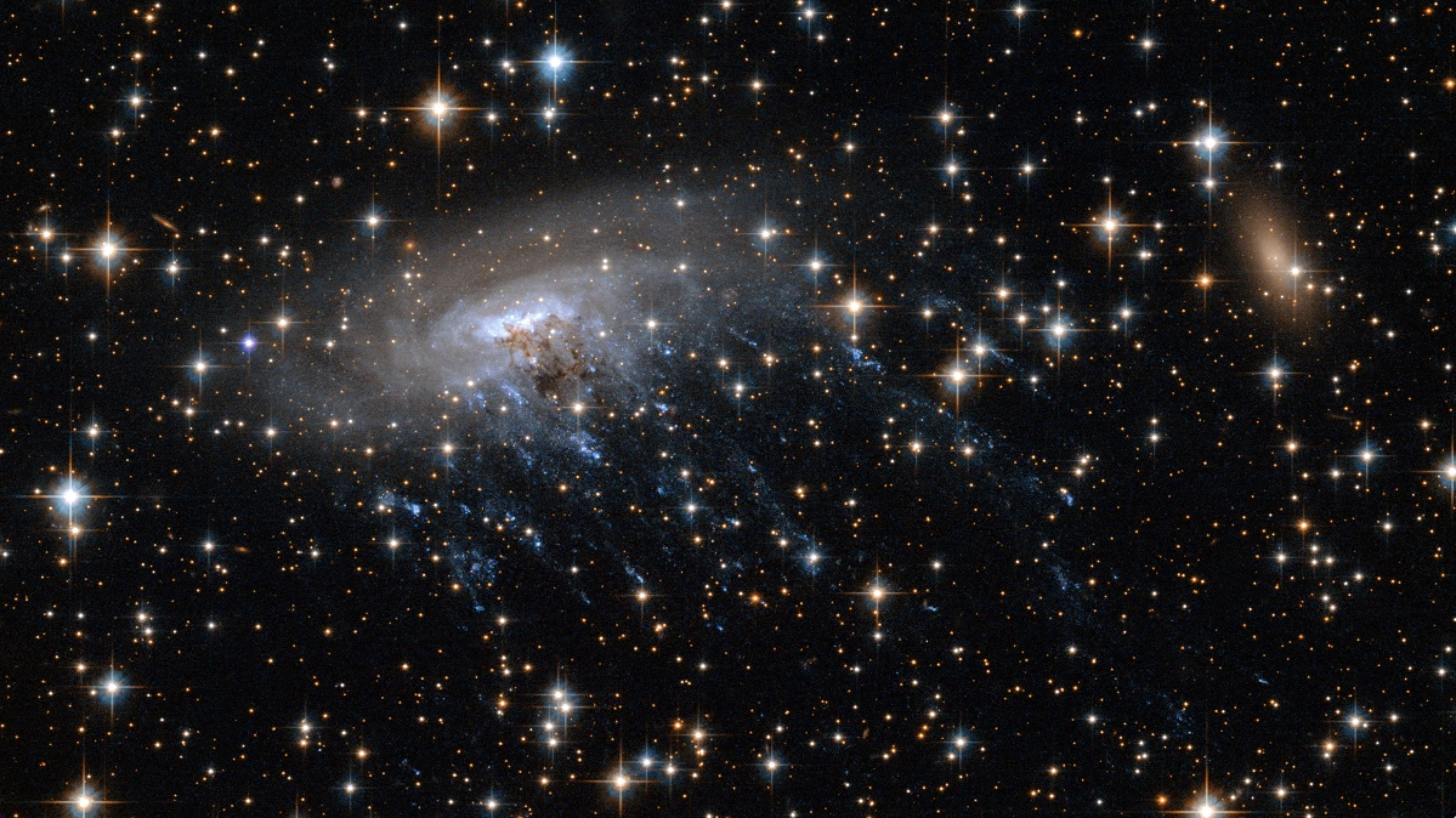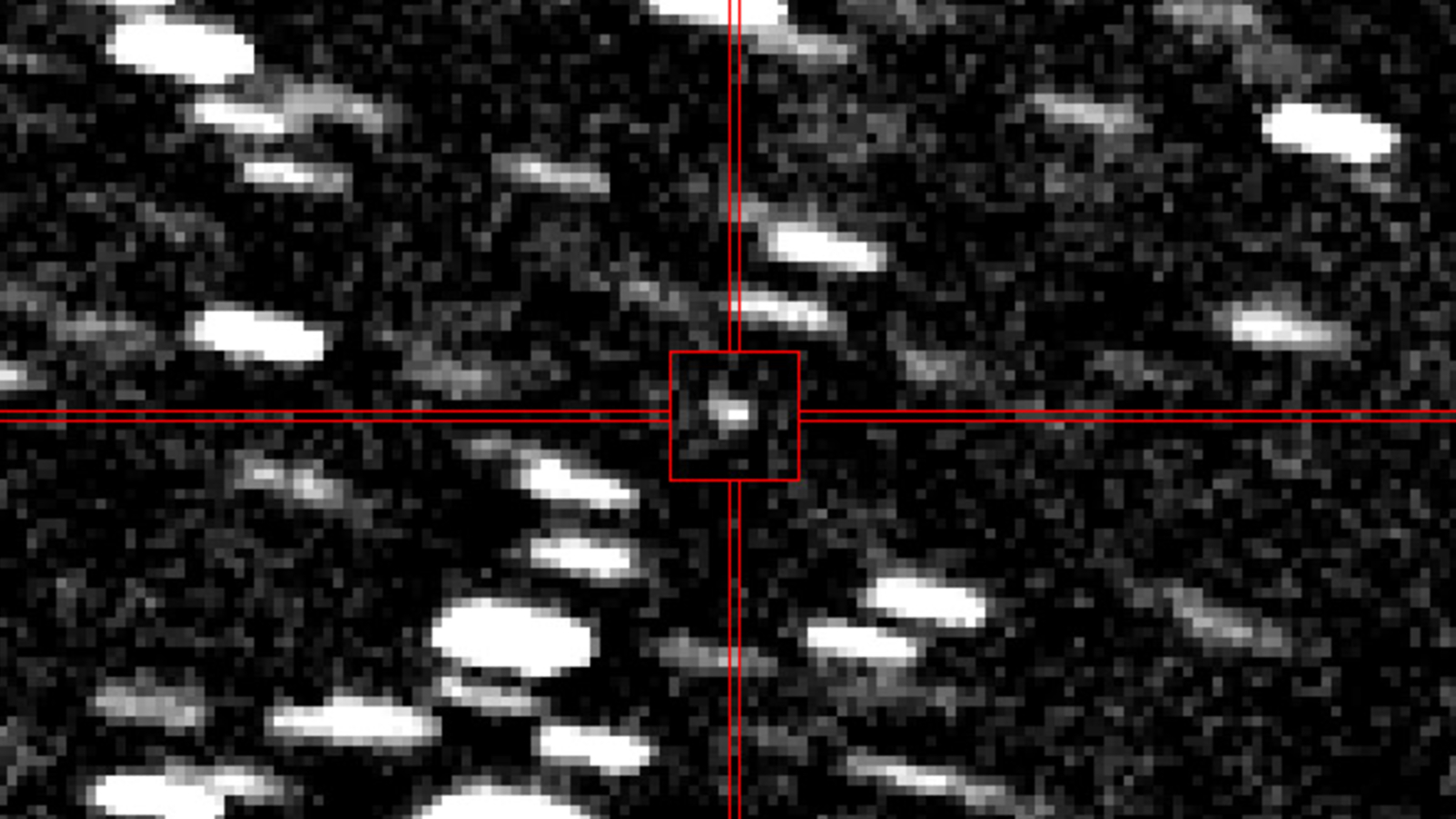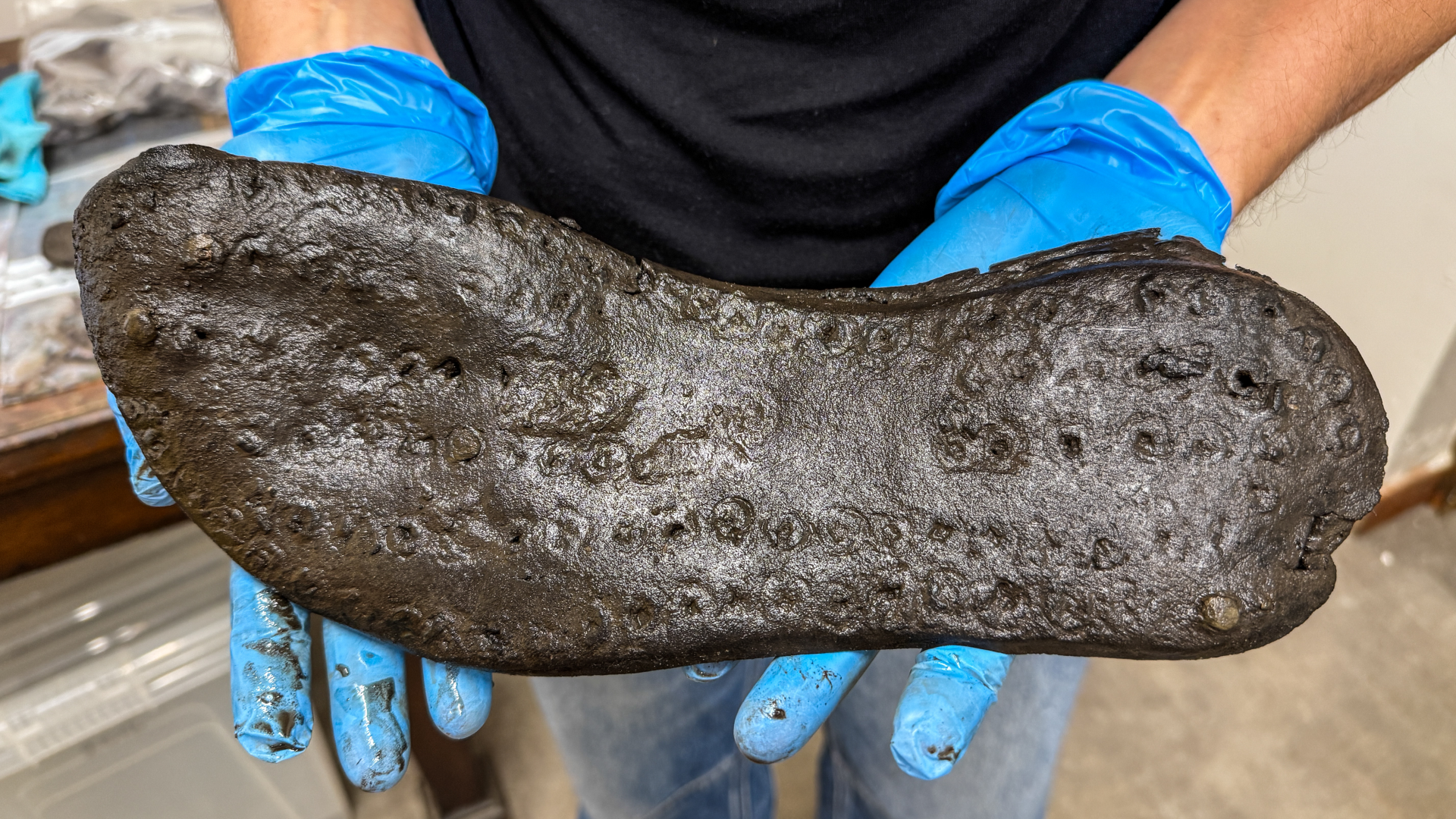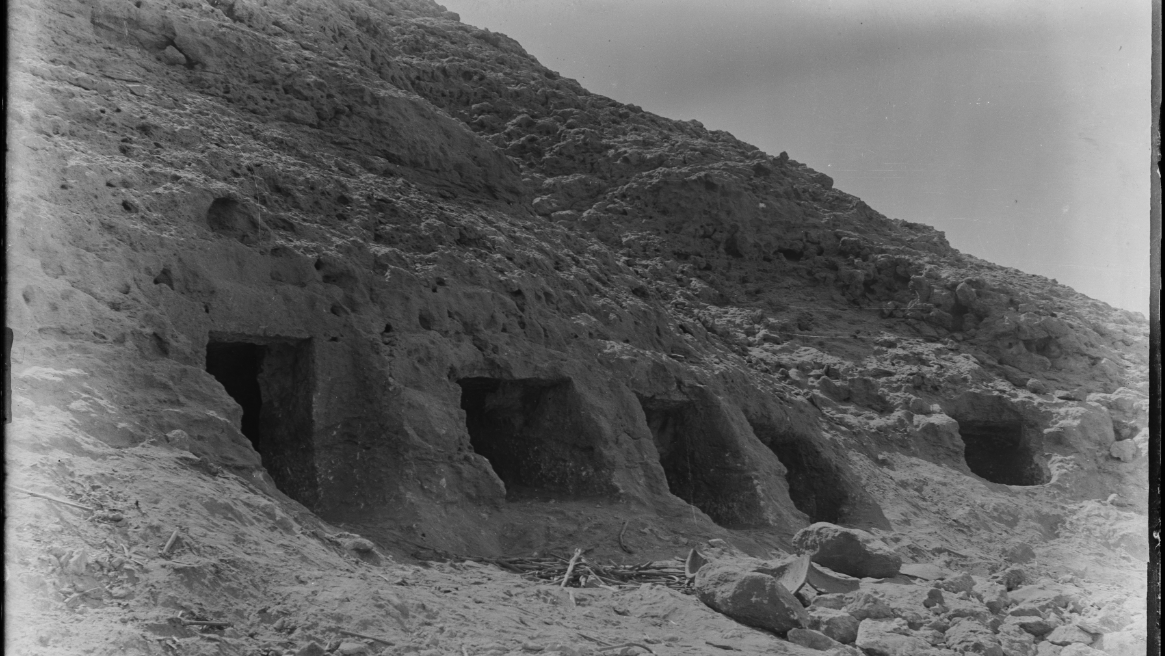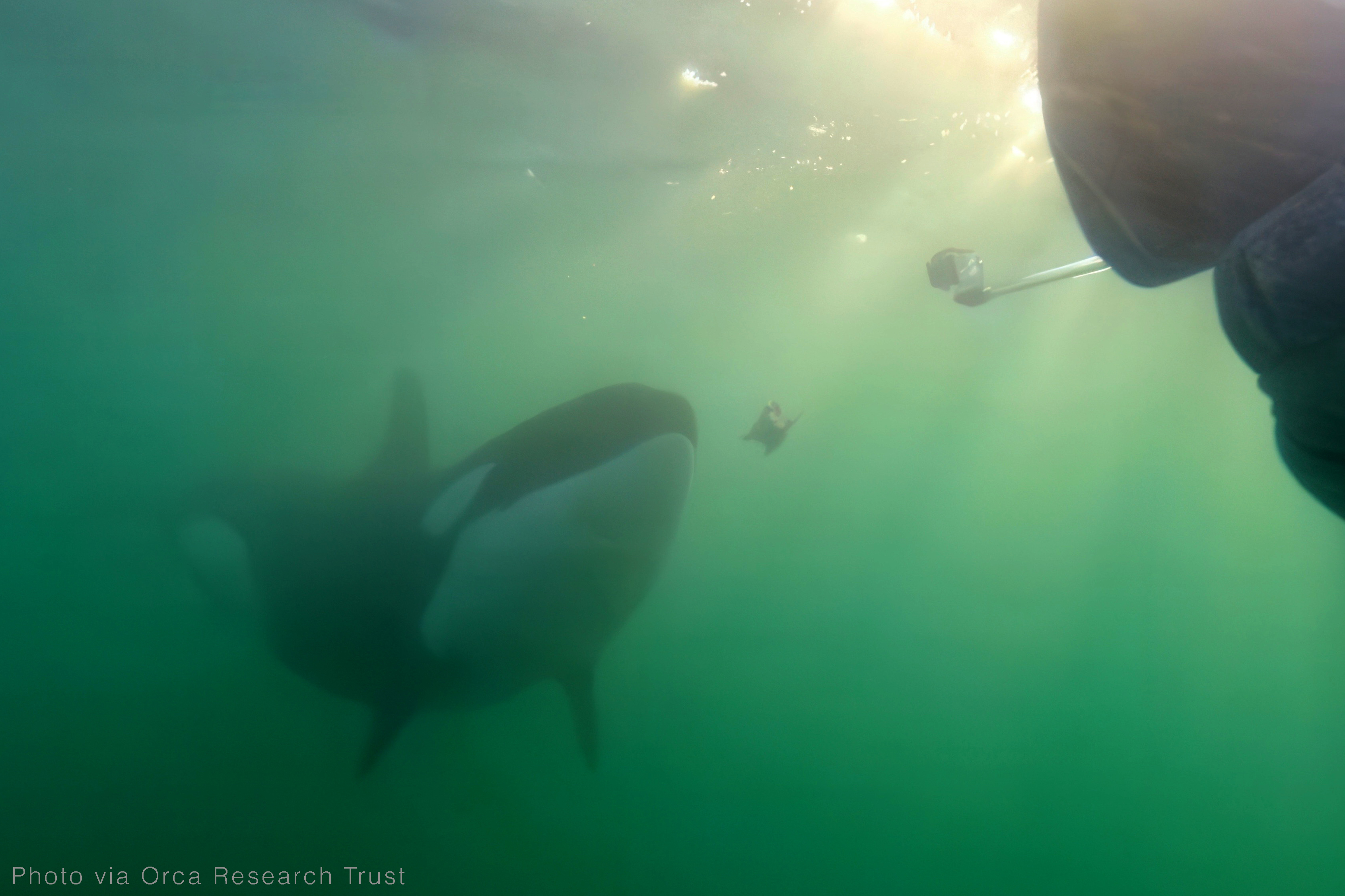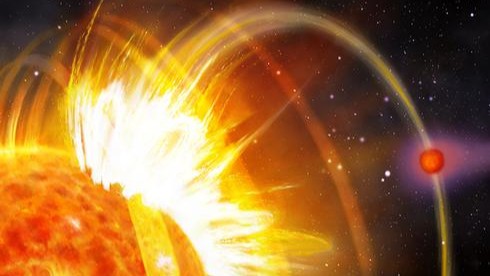For the first time, astronomers have captured stunning visual evidence of a star double-detonating itself to death.
The twin eruption was discovered by scientists studying two concentric rings of calcium that surround SNR 0509-67.5, a remnant of a star that met its explosive demise in a type Ia supernova centuries ago.
And the discovery isn’t just a pretty picture. The researchers who made it say that much of our knowledge of how the universe expands — a major controversy in cosmology — depends on reliably measuring this type of supernova, which is also the primary source of iron throughout the cosmos. The scientists published their findings July 2 in the journal Nature Astronomy.
For these reasons, “the explosions of white dwarfs play a crucial role in astronomy,” study first author Priyam Das, a graduate student at the University of New South Wales Canberra in Australia, said in a statement. “Yet, despite their importance, the long-standing puzzle of the exact mechanism triggering their explosion remains unsolved.”
Type Ia supernovas occur when the material from one star is stolen by the husk of a co-orbiting dead star, known as a white dwarf, leading to a gigantic thermonuclear explosion.
Yet not all the ways that white dwarves detonate are accounted for. Astronomers assume that these white dwarves steadily snatch their neighboring star’s material, accumulating it until they reach a critical mass — the Chandrasekhar limit — and explode. But astronomers have found hints suggesting that this isn’t the only way the husks blow up.
Related: Supernova that lit up Earth’s skies 843 years ago has a flowering ‘zombie star’ at its heart — and it’s still exploding
To search for direct evidence of a different ype of detonation, the researchers pointed the European Southern Observatory’s Very Large Telescope at SNR 0509-67.5, a supernova that displays a clear shock wave shell pattern. Using the telescope’s Multi Unit Spectroscopic Explorer instrument, they found two separate rings of calcium surrounding the remnants of the explosion.
This is “a clear indication that white dwarfs can explode well before they reach the famous Chandrasekhar mass limit, and that the ‘double-detonation’ mechanism does indeed occur in nature,” second-author Ivo Seitenzahl, a nuclear astrophysicist at the University of New South Wales Canberra, said in the statement.
The researchers propose that this white dwarf exploded by blanketing itself in stolen helium from its neighbor that then ignited, sending a shockwave inwards that caused the dead star’s core to blow in a second, larger, explosion.
Studying this dual detonation could have important implications for our wider understanding of the universe. No matter which way they occur, type Ia supernovas are thought to always explode with the same brightness, making them “standard candles” from which astronomers can measure far-off distances and calculate the expansion rate of our universe.
In recent years, contesting measurements of this expansion rate, known as the Hubble constant, have sparked a major crisis in cosmology.
“This tangible evidence of a double-detonation not only contributes towards solving a long-standing mystery, but also offers a visual spectacle,” Das said. “Revealing the inner workings of such a spectacular cosmic explosion is incredibly rewarding.”





